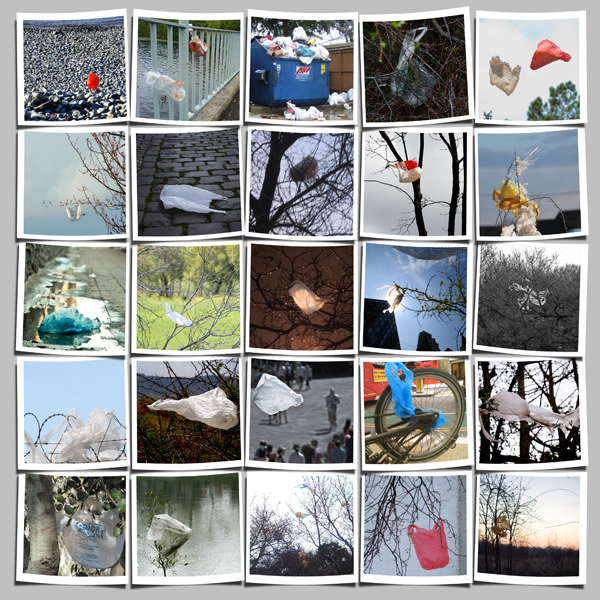A California bill that will prohibit stores from distributing single-use plastic carryout bags, passed through the State Senate’s Environmental Quality Committee with a 5-2 vote on Monday, July 2, just in time for International Plastic Bag Free Day.
The bill, AB 298, still has several steps to go through in the California legislature, which is on recess until August, but the vote is good news. (Ed. Note: AB 298 did not pass the state senate.) Look for Heal the Bay action alerts this summer as we build our efforts to support the bill, which would also require recycled paper carryout bags to be sold at supermarkets, retail pharmacies, and convenience stores throughout the state.
More than 45 municipalities, including the City and County of Los Angeles, San Francisco, Long Beach, Fairfax, San Jose, Watsonville, Solana Beach, and Santa Monica have adopted or are considering a single use bag ban. AB 298 will sew together this patchwork of ordinances, creating a uniform policy that will make it easier for both retailers and consumers.
Beyond their environmental impact, plastic bags remain a huge economic problem in California, with Californians using an estimated 12 billion single-use plastic bags every year. In 2008-2009, the L.A. County Flood Control District alone spent more than $24 million for overall litter prevention, cleanup and enforcement efforts. Single-use plastic carryout bags are disproportionately responsible for these costs as their lightweight nature makes them more likely to end up as litter on our beaches, parks and roads.
For example, while they only comprise 0.4% of the waste destined for landfill, plastic bags make up as much as 25% of the litter stream, studies show. The cleanup costs do not reflect the energy costs associated with producing single-use bags, or the negative socio-economic, public health and environmental costs associated with single-use bag litter.
Always on the vanguard, California is poised to play a critical role in becoming a true leader in eliminating plastic bag waste and preventing the proliferation of plastic pollution in our communities.
Learn more about the California plastic bag ban.




